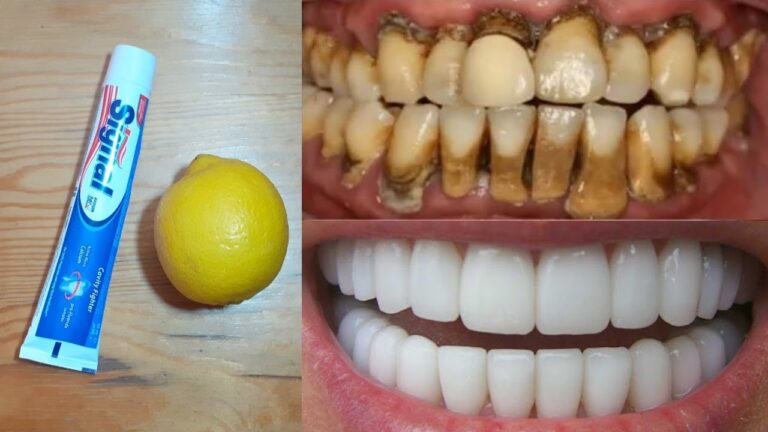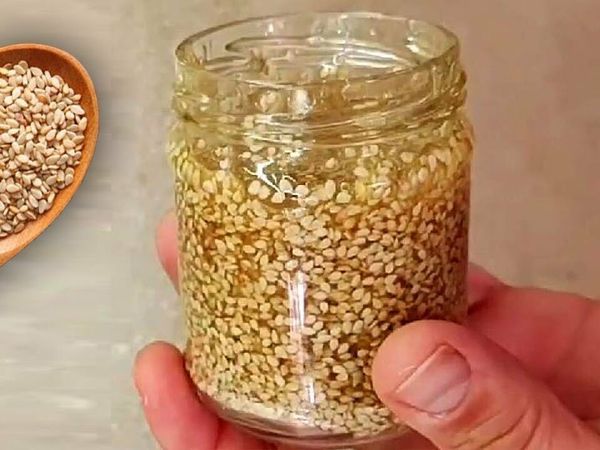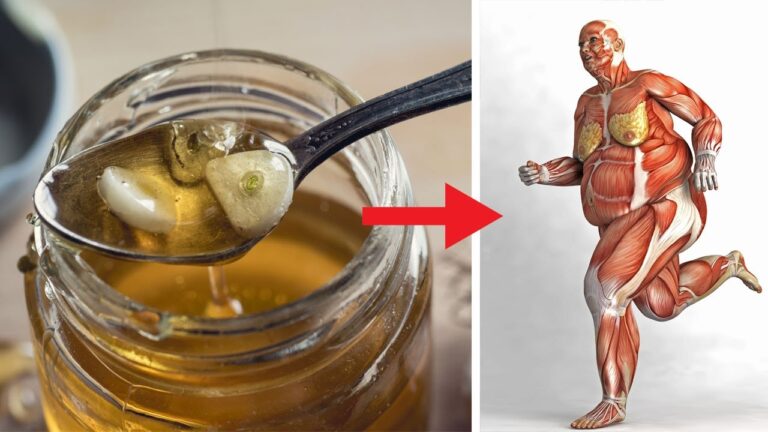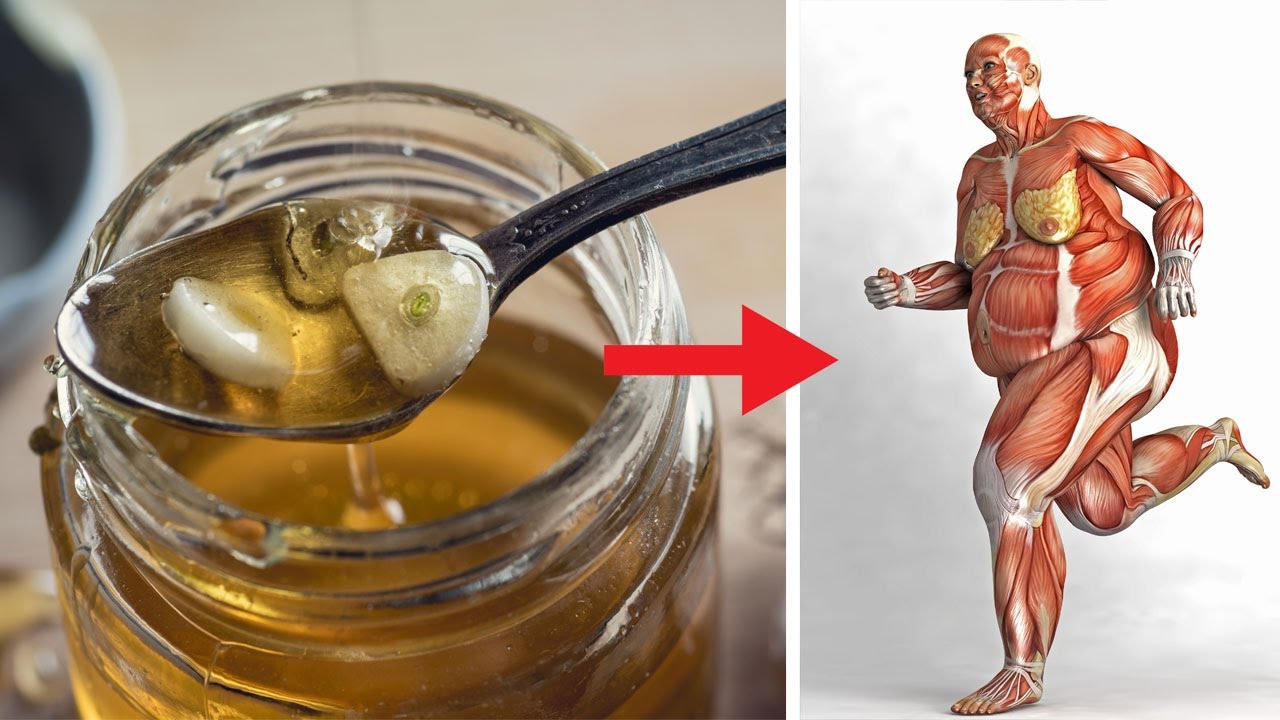Achieving a brighter, whiter smile doesn’t always require a trip to the dentist. With simple, natural ingredients, you can effectively remove surface stains and restore your teeth’s natural whiteness. Here’s a proven method you can try at home to whiten yellow teeth in just one day.
Ingredients
- 1 teaspoon baking soda (gentle abrasive for removing stains).
- 1 teaspoon hydrogen peroxide (3%) (mild bleaching agent for whitening).
- 1 teaspoon lemon juice (natural acid to dissolve stains).
- 1 teaspoon coconut oil (antibacterial and stain remover).
- Soft toothbrush.
Steps
- Mix the Ingredients:
- In a small bowl, combine baking soda, hydrogen peroxide, and coconut oil.
- Add the lemon juice last and mix until you form a smooth paste.
- Brush Gently:
- Dip your toothbrush into the mixture and brush your teeth for 2–3 minutes.
- Use gentle circular motions to avoid damaging the enamel.
- Rinse Well:
- Rinse your mouth thoroughly with lukewarm water to remove all residue.
- Floss and Finish:
- Floss to remove any remaining mixture between your teeth.
Why This Works
- Baking Soda: A mild abrasive that removes surface stains without harming enamel.
- Hydrogen Peroxide: Helps lighten yellow discoloration and kills bacteria.
- Lemon Juice: Breaks down stubborn stains due to its natural acidity (use sparingly to avoid overuse).
- Coconut Oil: Adds antibacterial properties and enhances the cleaning process.
Tips for Best Results
- Limit Use: While effective, this method should not be used more than once a week to avoid damaging enamel.
- Avoid Staining Foods: After whitening, avoid coffee, tea, or red wine for the rest of the day to maintain results.
- Hydrate: Drink plenty of water to rinse away bacteria and prevent plaque buildup.
- Follow-Up: Use regular toothpaste to clean your teeth afterward for added protection.
Caution
- If you have sensitive teeth, skip the lemon juice and stick to baking soda and hydrogen peroxide.
- Avoid using this method if you have cavities, gum disease, or weakened enamel without consulting a dentist.
Conclusion
This natural, at-home mixture is a quick and effective way to whiten yellow teeth and achieve a brighter smile in just one day. Stick to this gentle routine occasionally, and you’ll enjoy a healthier, more confident smile without the need for professional treatments. ✨?










